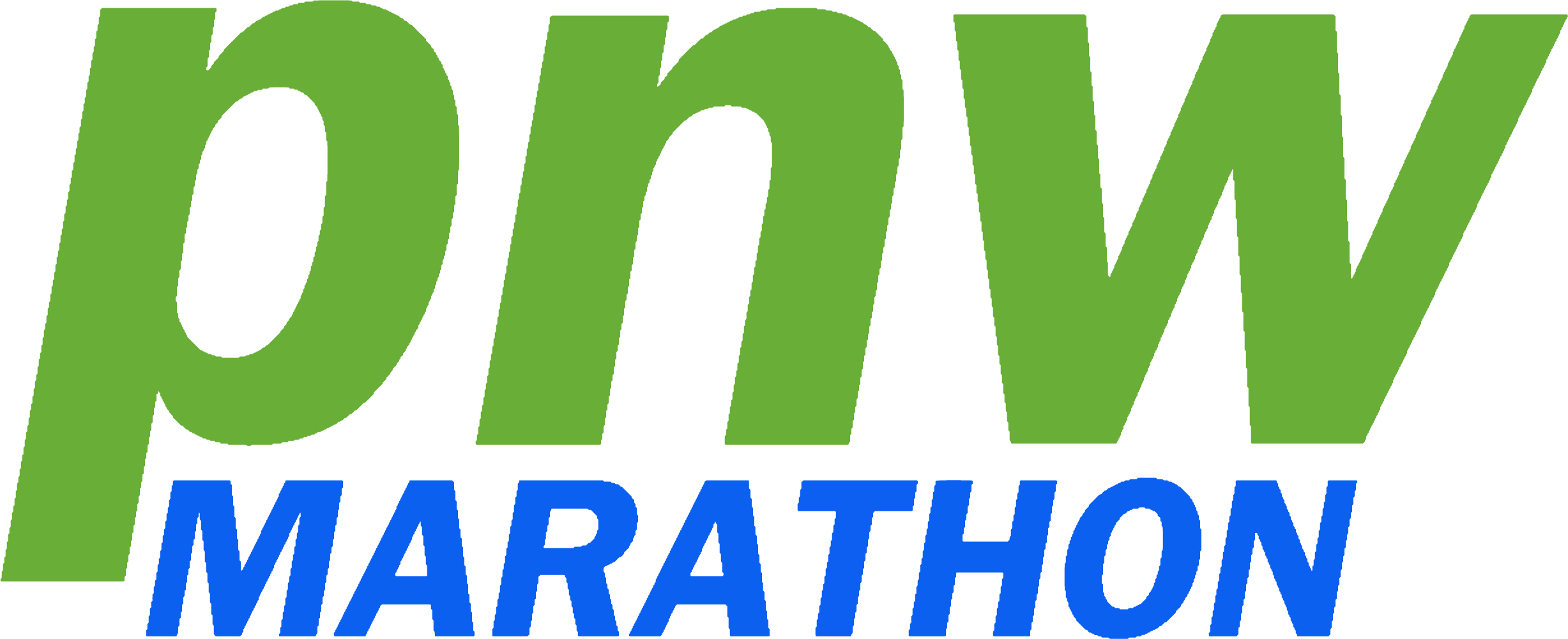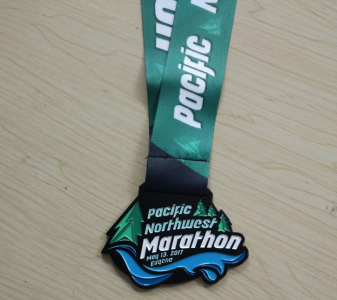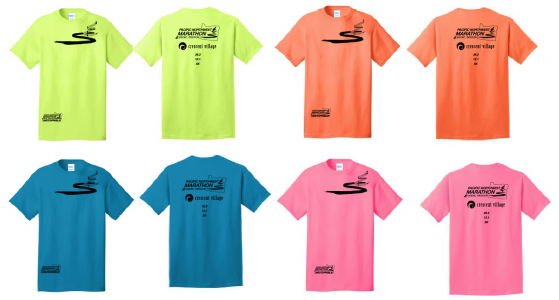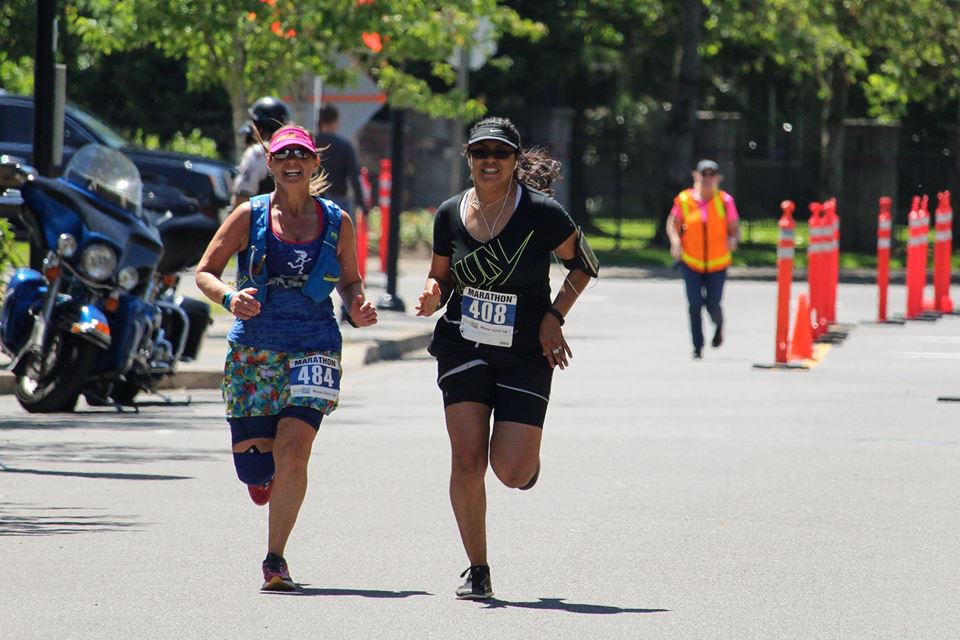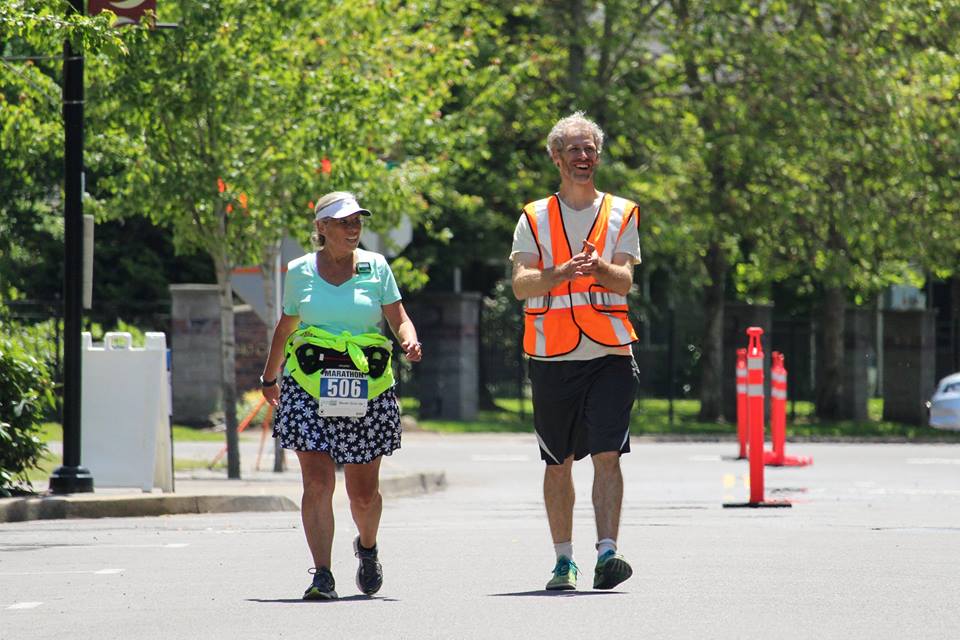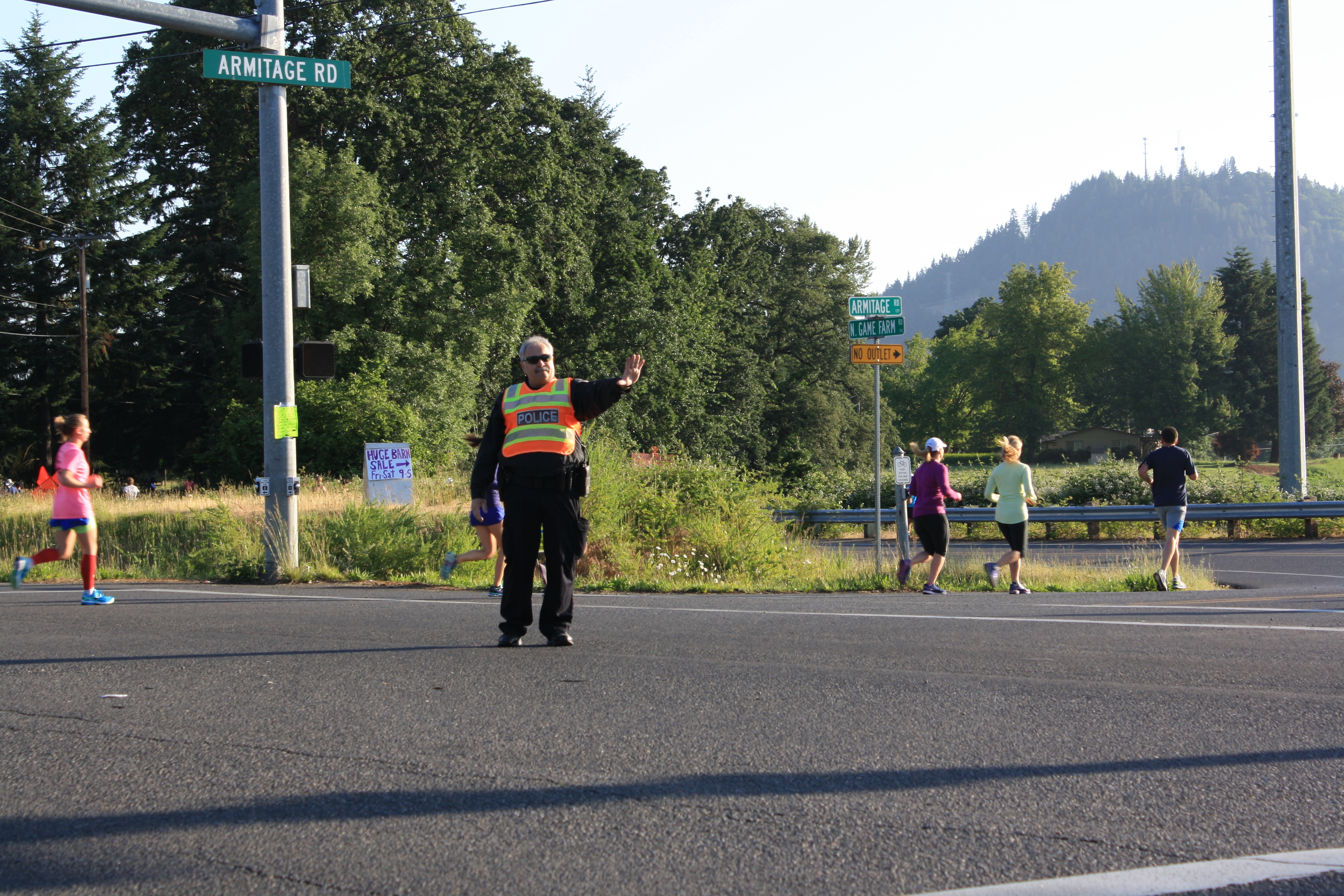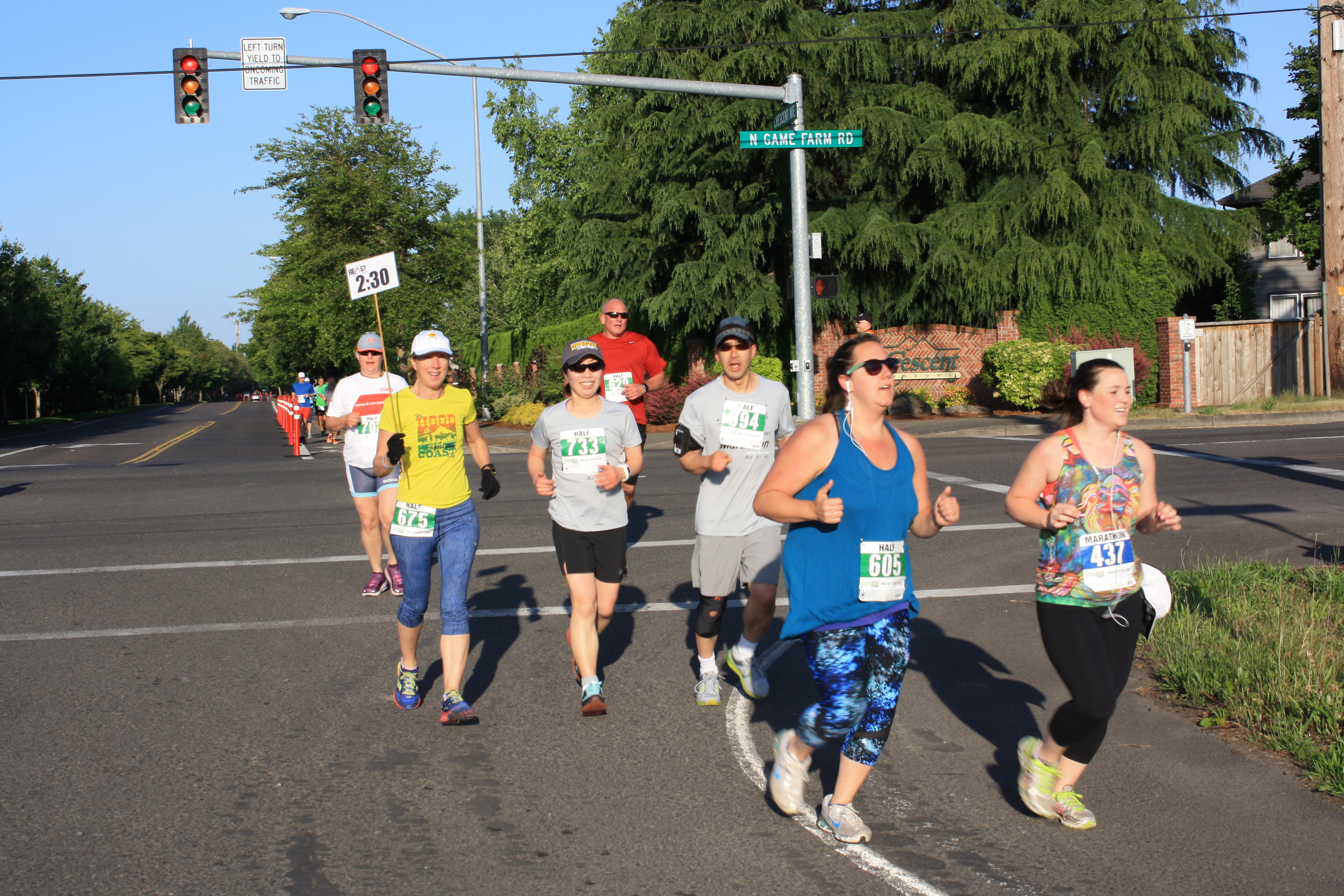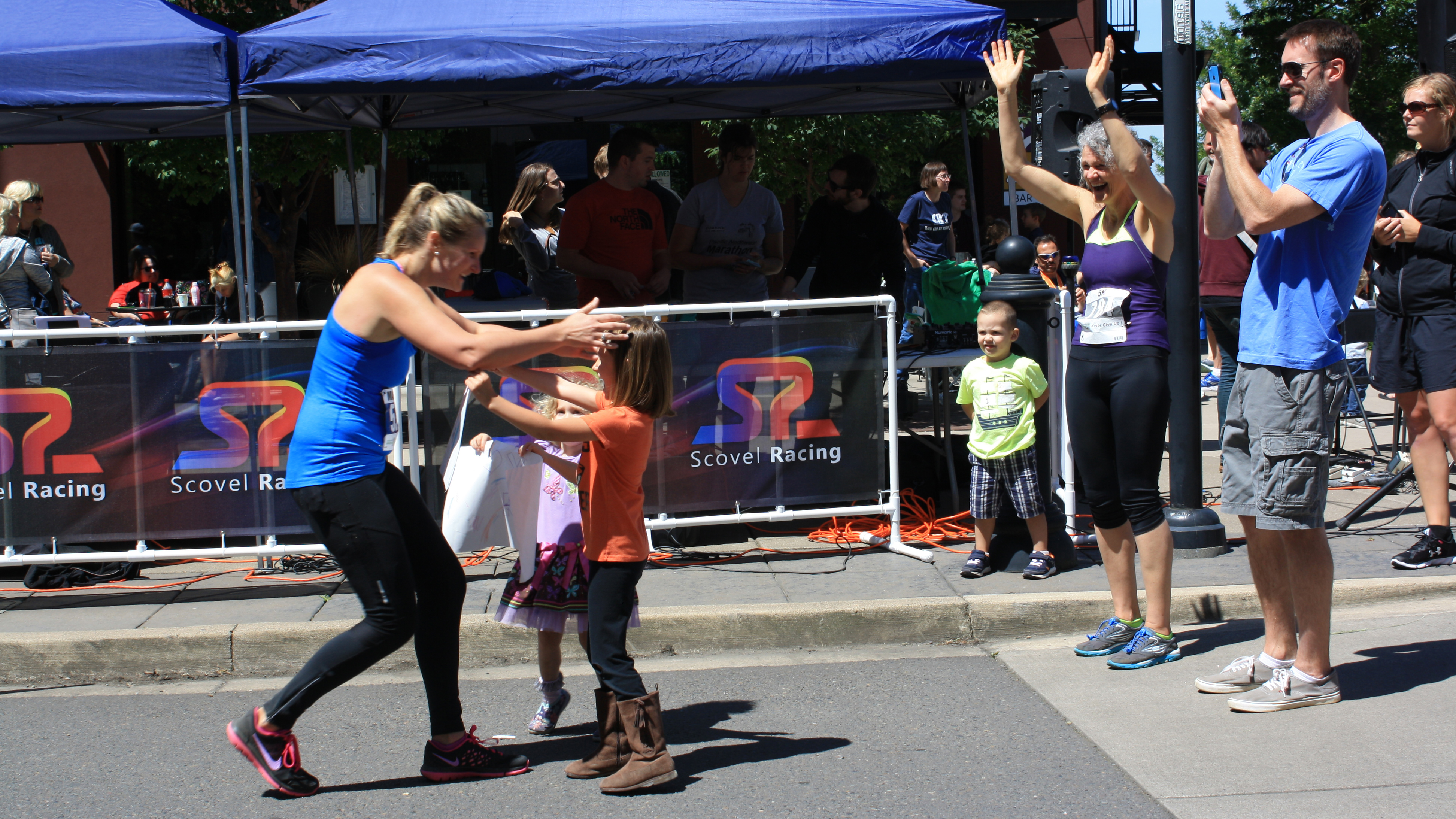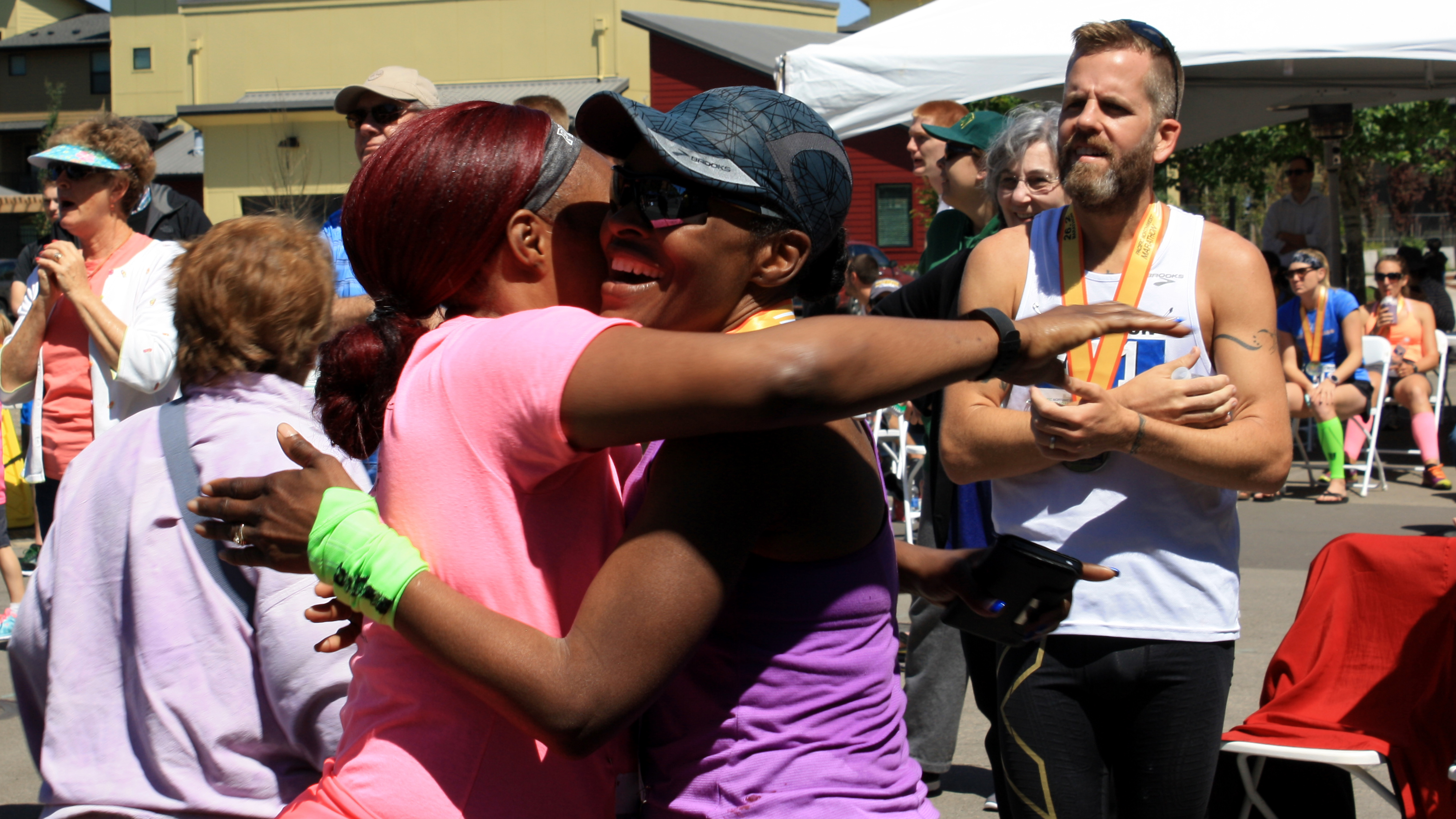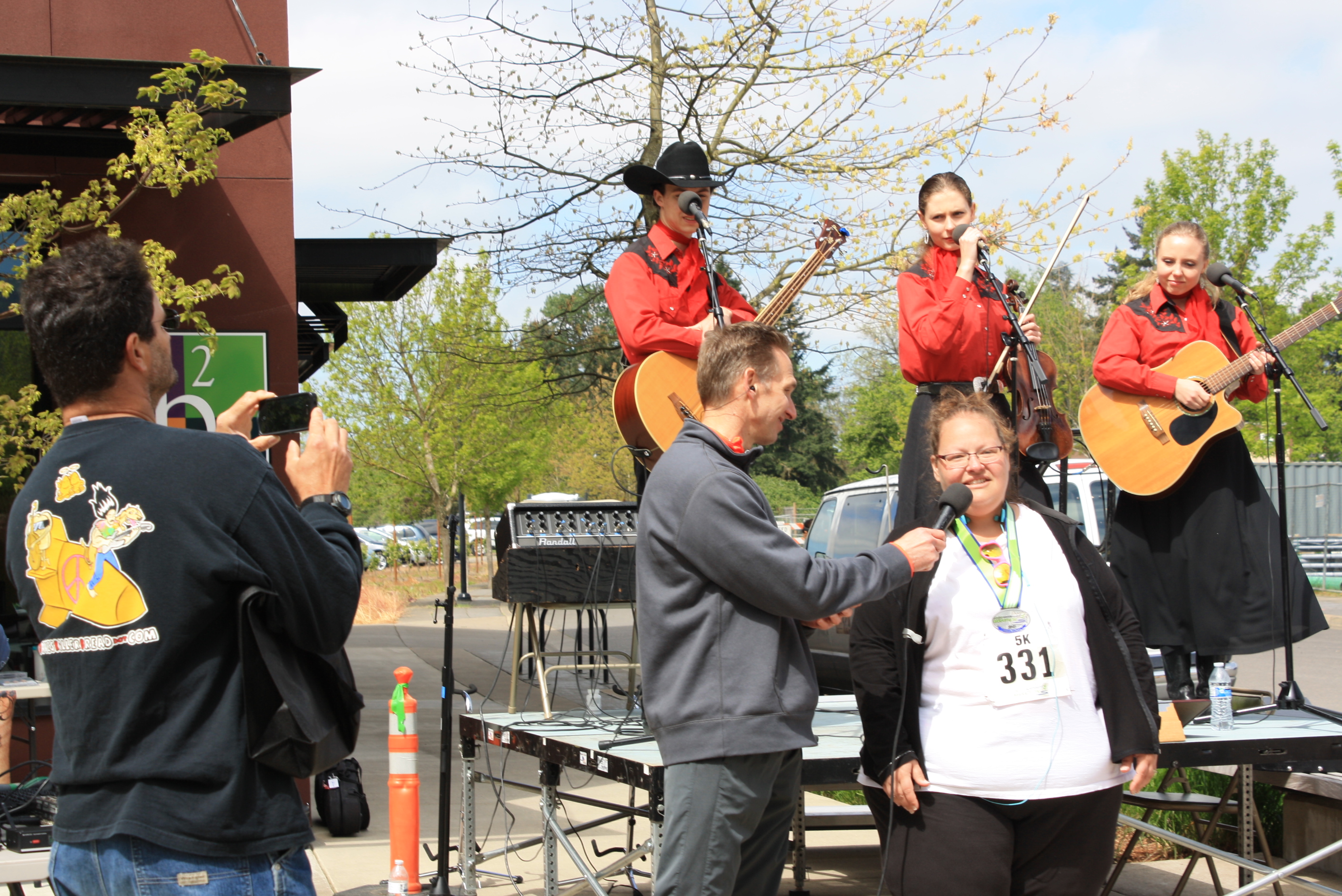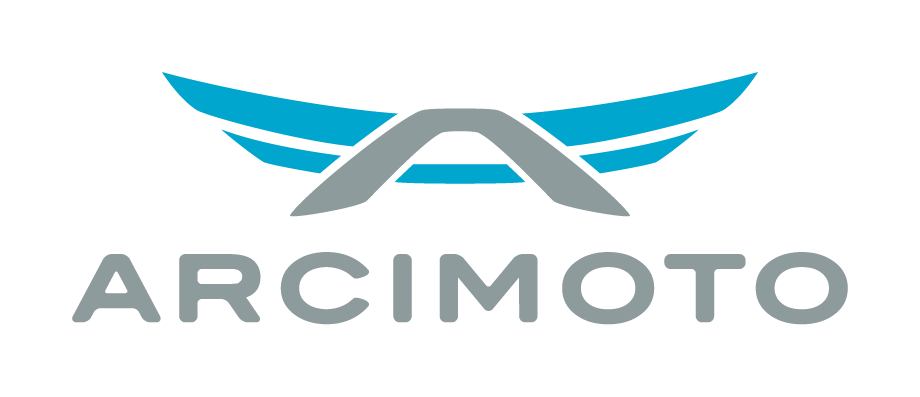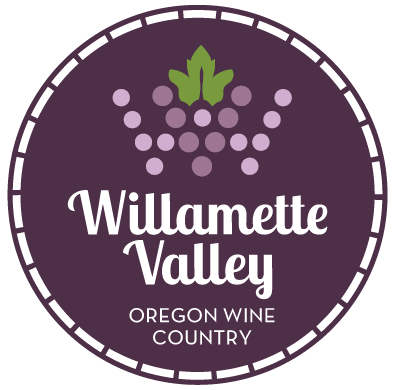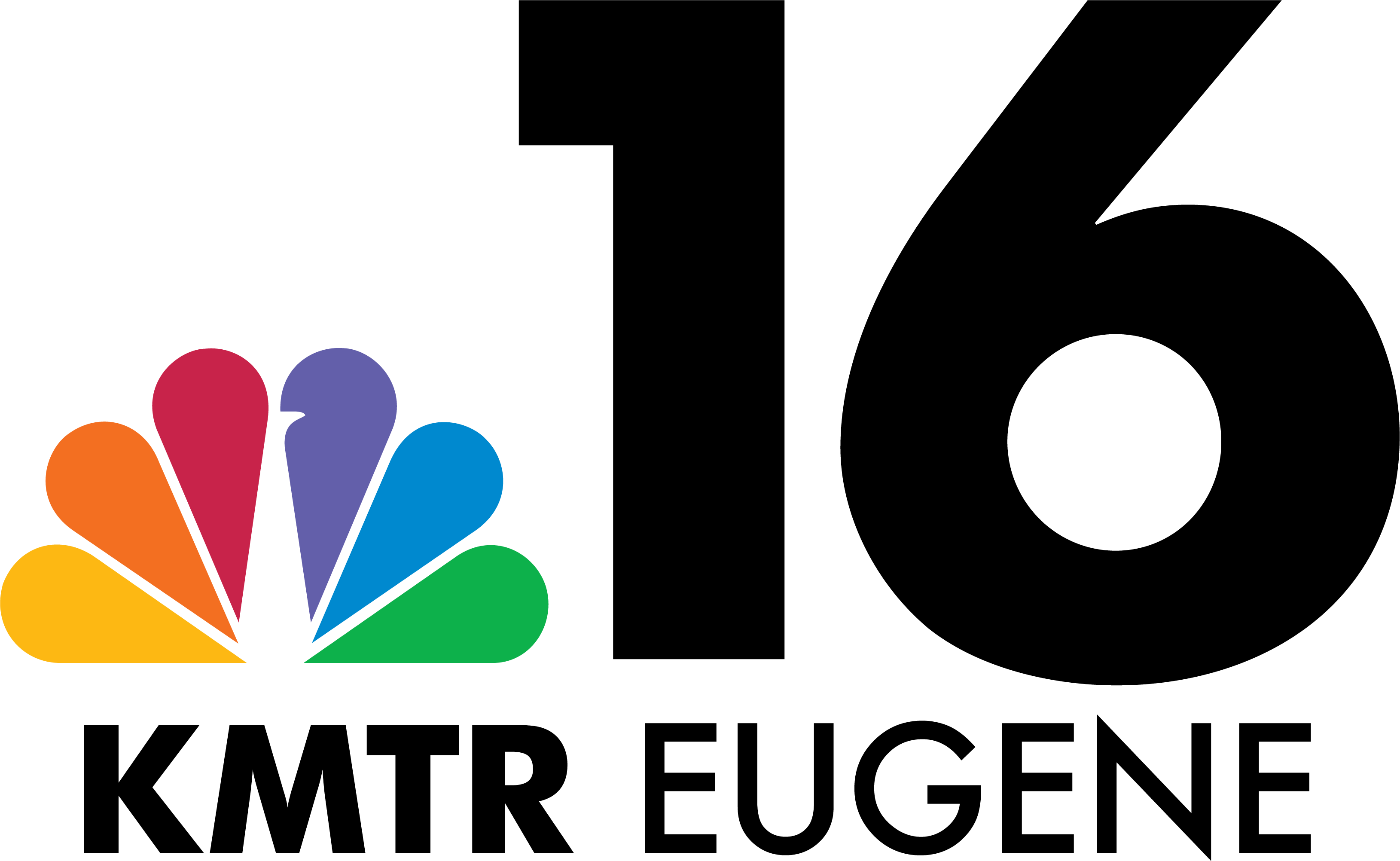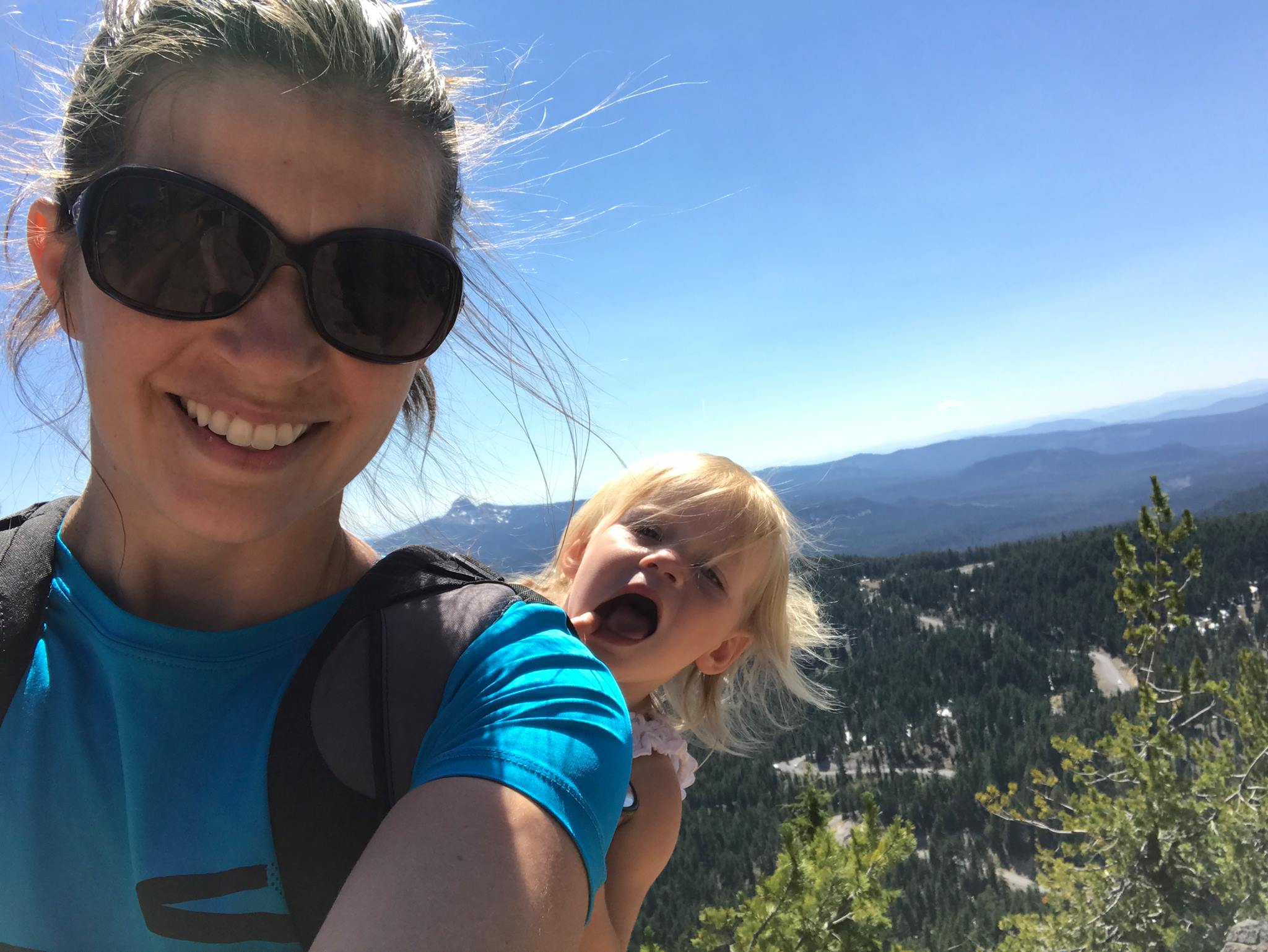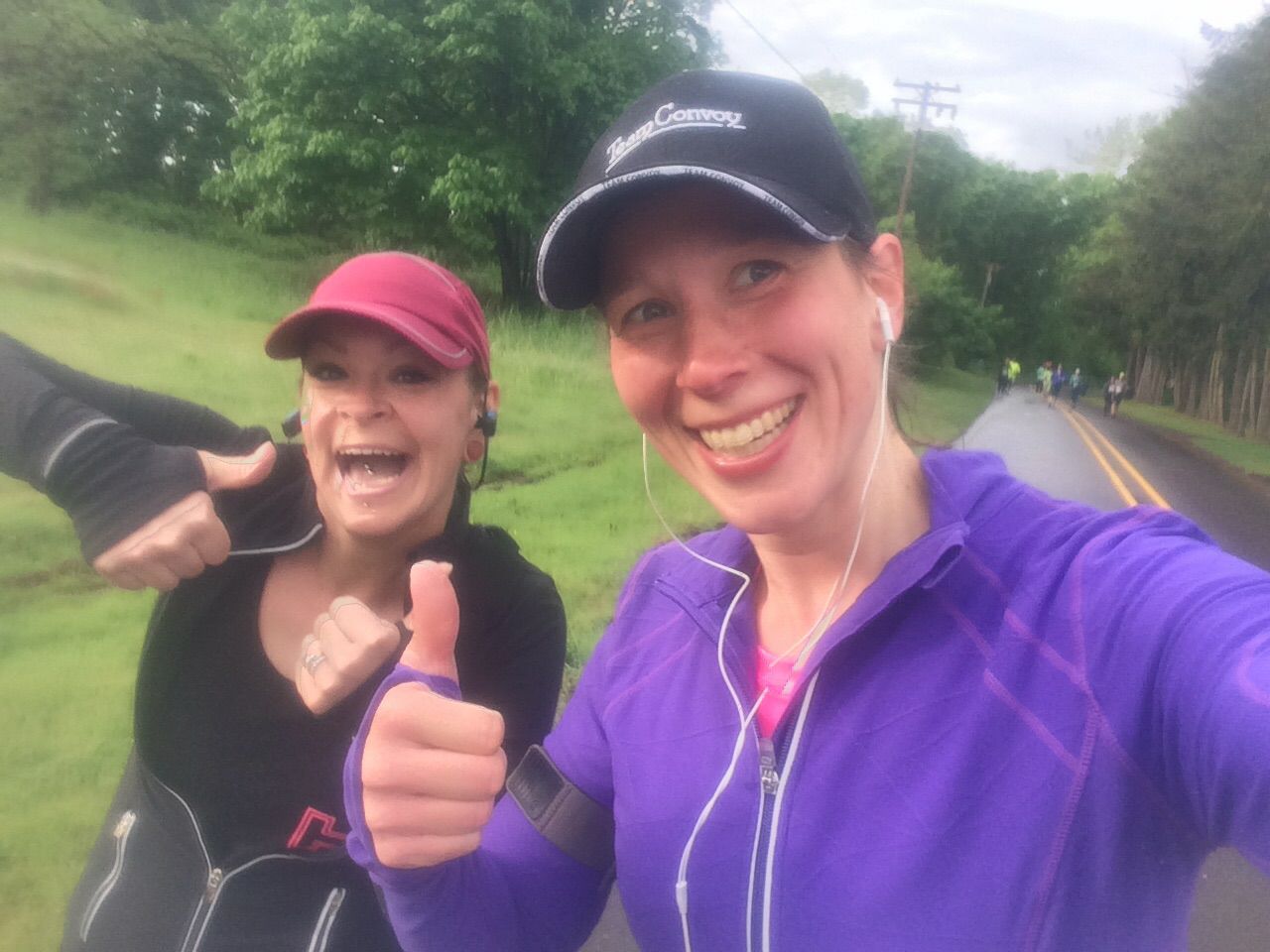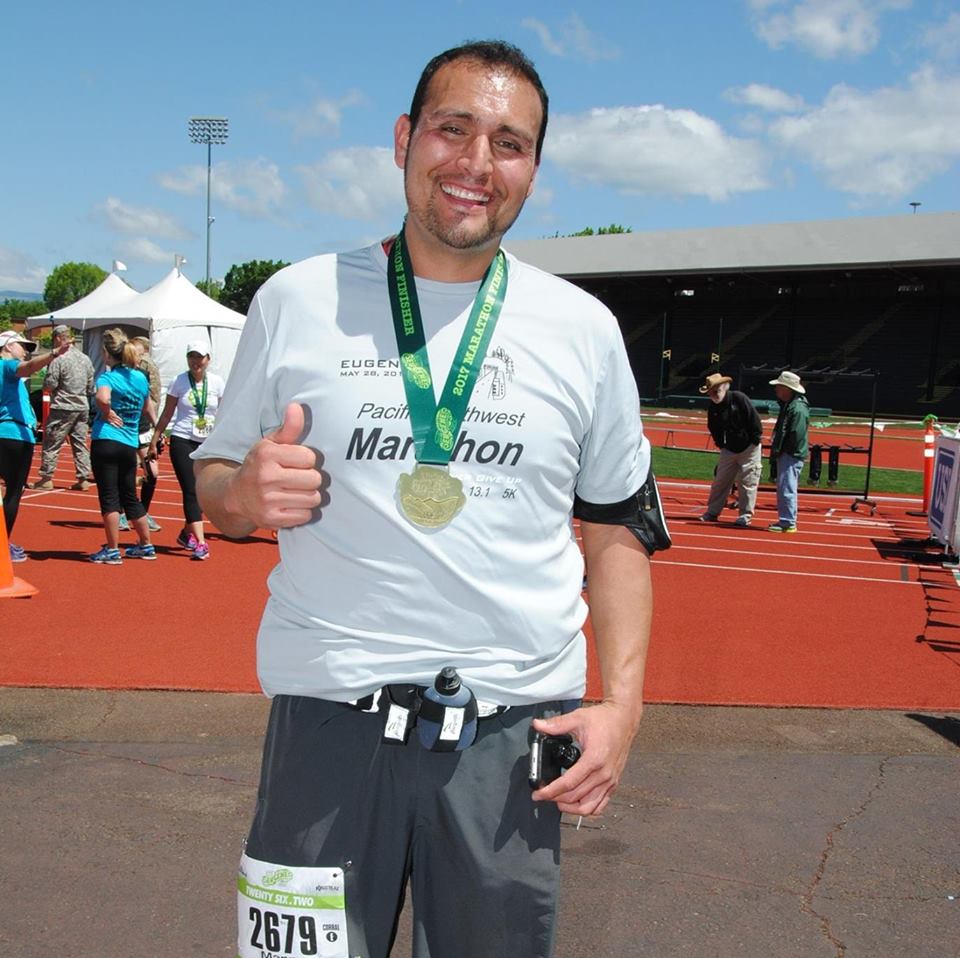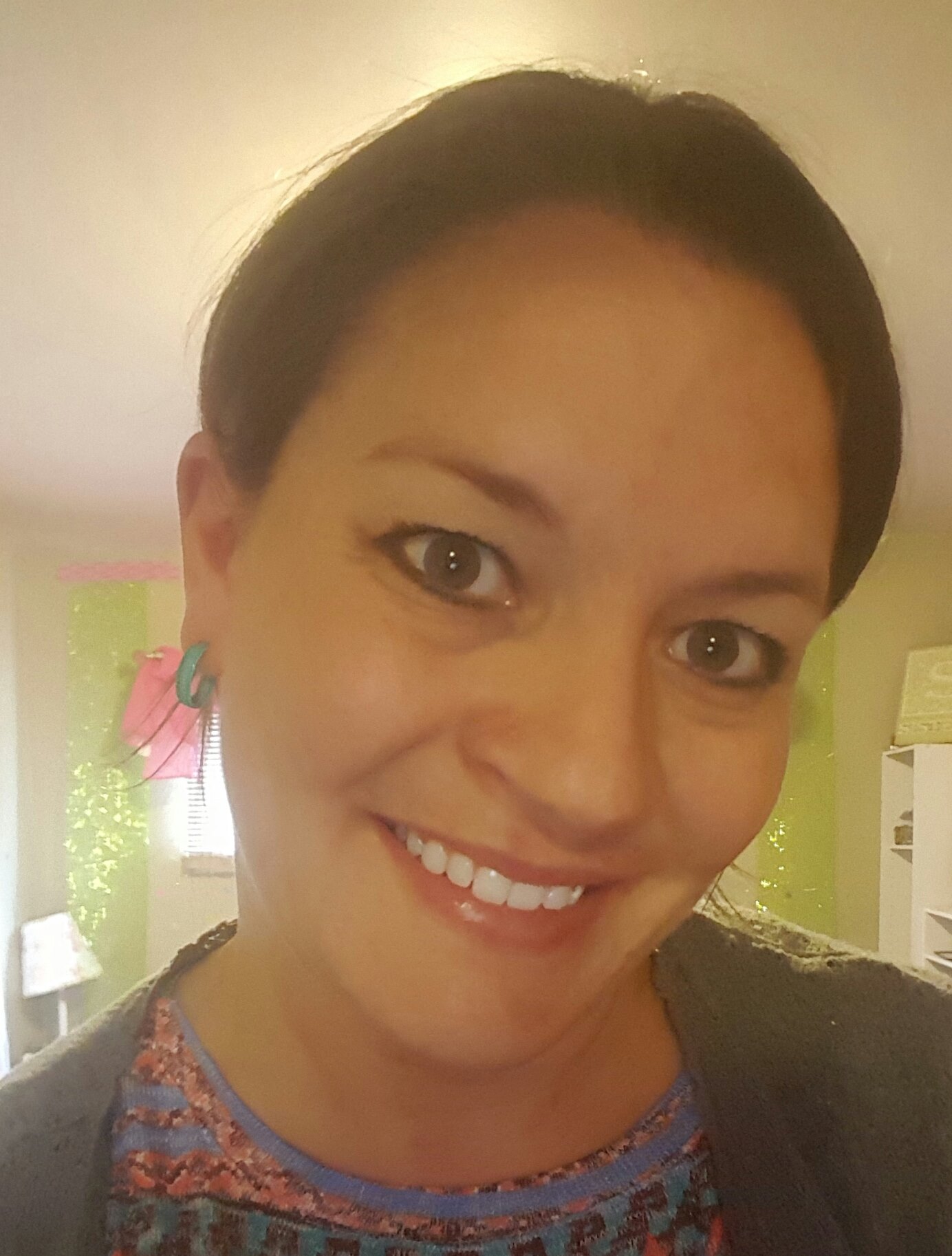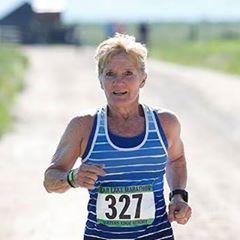How to Choose a Marathon
With new marathons and half marathons popping up around Oregon and the United States every year, you might be wondering how to choose a marathon. The good news is, more races means you have options. As a consumer, you should do some research find the best marathon that matches your needs and temperment. At first, you might think that all marathons are pretty much the same. It’s just 26.2 miles, right? How could it be that different? In fact, you will find there is a wide variety of marathon and half marathon experiences available to you at various prices. Here are some of the key differences we think are important as you choose a race.
Marathon Course Comparison
Elevation Profile
In choosing the right marathon, some runners put a lot of value on this factor. If you have ever run a full marathon with a 100 ft climb in the final 6 miles, you will understand why. Hills make a big difference, especially on the way up! If you are trying for a PR or a BQ, choose a marathon course that is relatively flat or even has some very gradual downhill to give you a boost. Below is an elevation profile comparison of two marathons in Eugene, Oregon.
Course Measurement and Marking
If you want to be sure you are running the correct distance, choose a race that is measured according to the highest industry standards. USA Track and Field certifies marathon and half marathon courses that have been measured and mapped correctly and thoroughly. This measurement process is not done by GPS but by bike with a rotations counter. Our new course this year is approved by all jurisdictions and scheduled to be measured in March.
Course Scenery and Variety
When you have to run 26 miles, your mental state is just as important as your physical state. That means variety and beauty along the course are a plus. Our team worked hard to map a route that takes you through some of the nicest residential of both towns and some of the best farm lands of the southern Willamette River Valley. After the first year on the new course, we will ask for your feedback to see if we can improve even more.
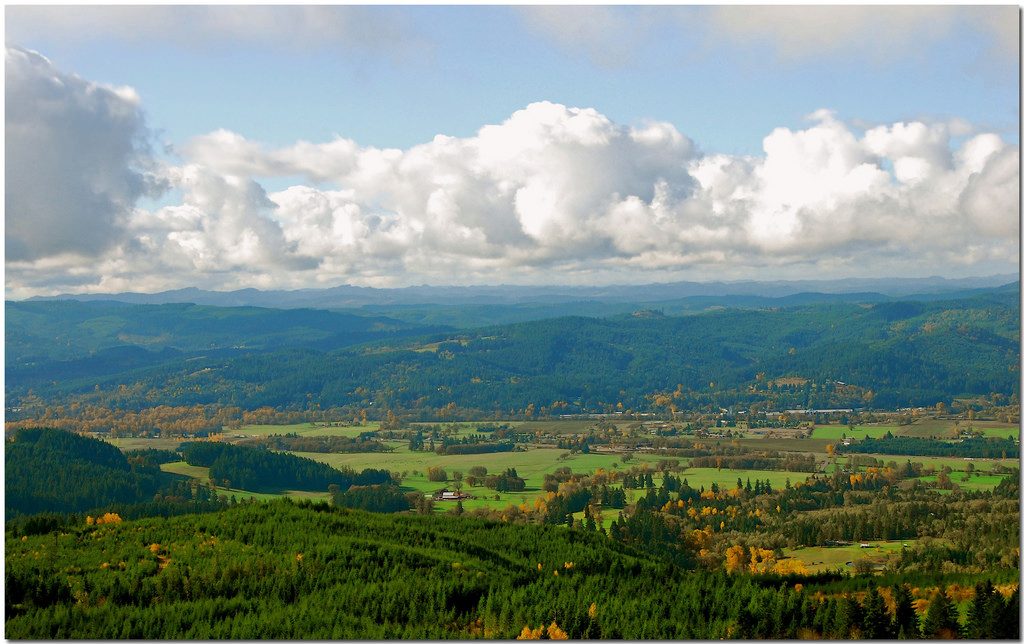
Marathon Field Size Comparison
Marathon and half marathon field sizes vary widely. Sometimes running in a crowd can be exciting. On the other hand, it can also be frustrating to have to zig zag back and forth in order to get through the crowd. It can be hard for a large race to give you the personal touch. You might feel like you are just another number on the results page.
The Pacific Northwest Marathon team is dedicated to making you feel like a VIP. We answer your calls and emails. We might even learn your name at packet pick up! Our field size limit of 300 in the full marathon and 350 in the half marathon allows us to focus on you and your goals so you don’t get lost in the crowd. As an added bonus, the small field size gives you a peaceful run through the valley, taking in the natural beauty.
In case you are curious, below is a list of some of the large, medium, and small races in the United States. For more races, visit FindMyMarathon.com where the Pacific Northwest Marathon was named a Top 50 Boston Qualifying Race.
Large Marathons
–New York Marathon with 50,000 participants
–Chicago Marathon with 40,000 participants
–Boston Marathon with 30,000 participants
Medium Sized Marathons
–San Francisco Marathon 6,586 Finishers
–Mesa-PHX Marathon 2,226 Finishers
–Eugene Marathon 1,480 Finishers
Small Marathon
–Pacific Northwest Marathon Field Size Limit
2018: Full Marathon 550, Half Marathon 600
2019: Full Marathon 800, Half Marathon 850
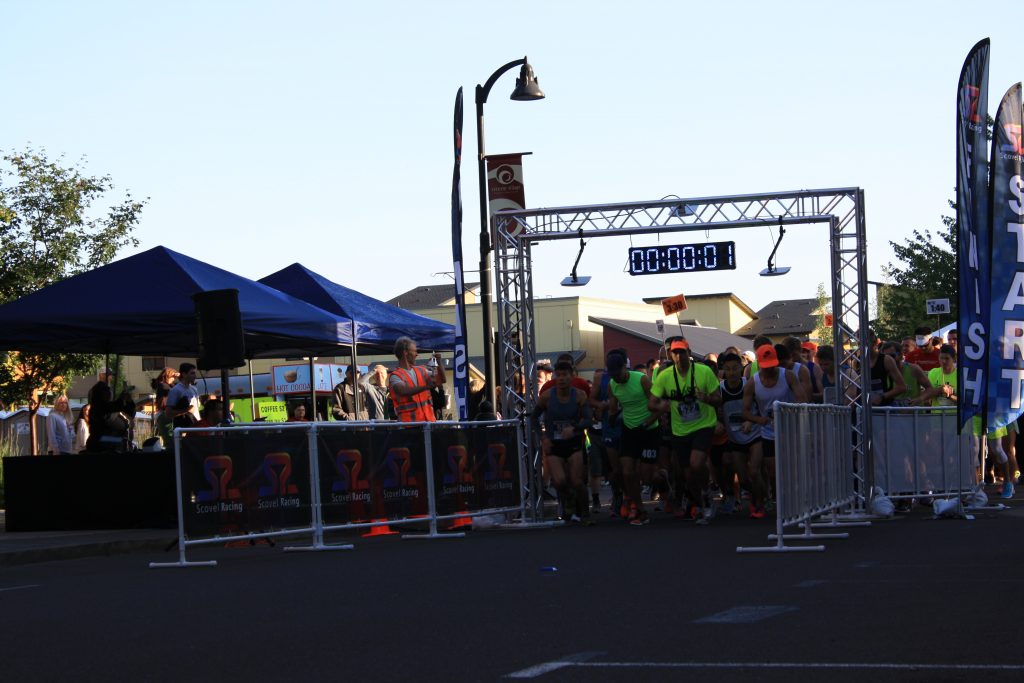
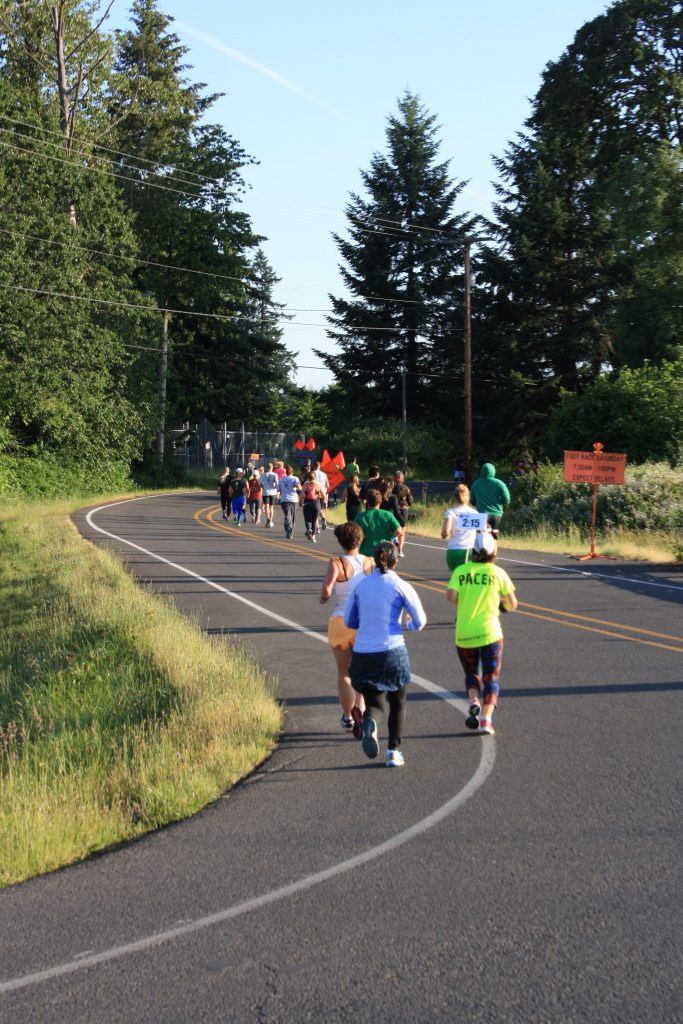
Marathon Race Goodies Comparison
Medals
Many races give a finisher medal. That doesn’t mean they are all the same size. If hardware is important to you, make sure you check out the size and quality of a marathon’s medals from previous years. We want you to go home with something special to show your friends and family. This will be a souvenir, reminding you of your experience, the friends you made, the work you did, and the goal you accomplished. Each year, we make a new design and allocate the resources to get a good sized medal. Here is our 3.5 inch medal from last year.
Shirts
A lot of marathons and half marathons give you a shirt. Some races offer a cotton shirt, and others offer a polyester dry fit style. We offer a choice between the two. We also give you color options, because we know not everybody likes the same color. Each year, our team spends significant time on the race shirt design. We want you to feel proud wearing it for many years to come. One of the most exciting things this year is our race shirt customization. When you register, we’ll give you the option to customize your race shirt with your name and/or running goal!
Marathon Course Support and Safety
Aid Stations, Bathrooms, Course Markings, and Marshals
When you have a goal to accomplish, it is very important to choose a race with on-course support. Look for a list of aid stations and what supplies they will have. Look for information on portable bathrooms along the course. Make sure your chosen race will have directional signs and course marshals at every turn so you are not left out in the middle of nowhere, wondering whether to turn left or right! The Pacific Northwest Marathon and Half has an aid station every mile. The stations have water, Gatorade, V8 Fruit Fusion, Honey Stinger Gels, and bananas. Most stations also have a portable bathroom. We also put 8.5 X 11 inch orange arrow signs, chalk marks on the pavement, and a live person with an orange safety vest at each turn. Because of the liability for error in marking a 26 mile course, we always have a Race Director personally involved in setting up the course. We will make sure it is marked correctly! In addition, we hire a professional Course Manager, who has assistants on bikes, and in cars. We take your safety seriously!Smart Pacers
Many larger races provide you with pacers. These are experienced runners who run the race specifically to help you keep the pace you want. Each pacer is assigned to continue at a certain steady speed throughout the whole race. Our race is different. Our pacers stay on their assigned pace for the first 22 miles of the race. After 22 miles, if they are not with a group or with anybody who needs them, they are instructed to find a specific person they can help with a goal. In many cases, that will mean altering their pace to catch up or fall back to a runner/walker who needs their help. From that point on, they will stick together. This is why we call our pacers “Smart Pacers.” They are part of the overall effort to help you reach your goal.Marathon Expo and Finish Line
Pacific Northwest Marathon Expo
Many smaller marathons can not afford the expense of staging an expo. With the increased support from the communities of Coburg and Harrisburg, the Pacific Northwest Marathon can. Our expo will be unique as we focus on giving you inspiration, education, and motivation to accomplish your goal.
Go to our Race Expo page for more information. Don’t miss it!
Finish Line
We believe every race should have an exciting finish. Because we focus so much attention on encouraging ordinary people to accomplish their fitness goals, our race has a unique feeling. Faster finishers stay around to cheer for the others. We hire a professional MC to interview athletes about their goals and their journey to accomplishing those goals. We also have live music, quality food, and celebration throughout the day. Our race might be small, but our participants say our finish line is “electric!”
How to Choose a Marathon or Half Marathon?
After reading this page, we hope you gained some insight on how to choose a marathon or half. Of course, we hope you choose ours! Feel free to contact us with any questions you have.
